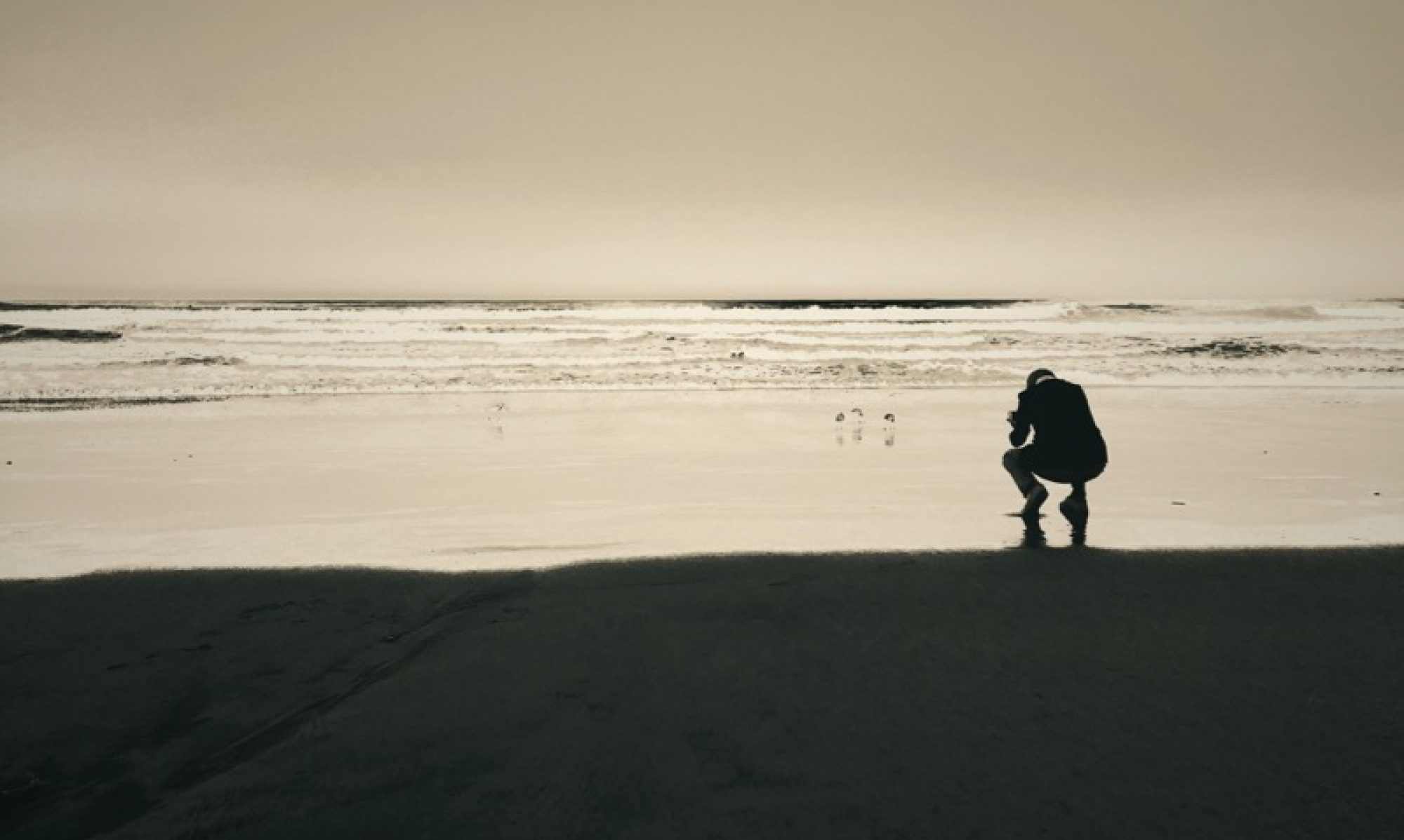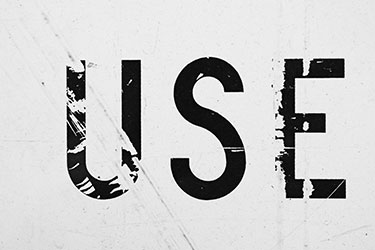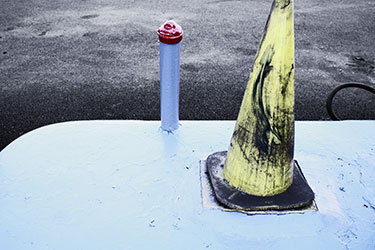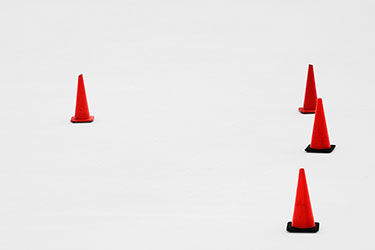
Returning from a trip to the great capital of this great nation, I intend to share a wild mix of observations, brooding, and adventure with anyone who cares to read this (three major deaths mark the weekend, but here’s more news). First, on true dedication, which I think I have seen but twice in my life: (1) On the face of each and every one of dozens of female customers during the fall sale in the Bergdorf Goodman shoe department. And (2) last night, at 4:40 a.m., in front of a Starbucks in Washington, DC. At 4:30 the hotel fire alarm had gone off, and it was for real. We were ordered to evacuate the building immediately. Several hundred people, almost all philosophers (I’ve been, well, sort of stranded at a philosophy conference during the past three days) found themselves in their pajamas in front of the hotel in a mild and foggy December night. Many, within minutes, started to discuss philosophical problems. Two of them sat down at an empty table in front of a closed Starbucks and while I cruised the premises to get some information on what was going on (flames roaring in the 7th floor, my room was on 9th), they kept sitting there, highly engaged in the exchange of philosophical ideas. Nearby, water poured down the elevator shafts into the hotel lobby, firemen walked by schlepping their heavy gear, while other guests, draped in white sheets, some without shoes, anxiously awaited news on what to do next. But almost two hours later, when most of us were allowed back into our rooms to get our belongings, the two philosophers still sat there, lecturing away about their latest research…

But here is what I actually wanted to say about Washington. Yesterday, to take a break from the philosophers, I went to the East Wing of the National Art Gallery. Apart from the Vietnam Veterans Memorial, the East Wing is the place to go in Washington. I find the building by I. M. Pei thoroughly brilliant, a modern design that really works both as pure architecture and with the art in it. My pleasure was tainted by this question though: I am aware that Pollock had several shows in the Manhattan Gallery scene before his work made it into the museums, and so did Warhol. But it seems obvious (at least to me) that in the Chelsea galleries of today, you cannot find anything that remotely touches these works. Why is this? Because today’s art is so much duller? Because the gallery owners are? Because the good stuff is somewhere, but not in Chelsea? Or because it takes time to filter it out, and the display in a place like the National Art Gallery makes strong work shine even more? What I don’t get is why the current Chelsea crowd, especially when it comes to photography, seems so hopelessly oblivious of what happened in the past century, or at least, not even remotely living up to it (only if you ask me, of course…). It is as if Romanticism had never ended. Or as if people miss it, perhaps despite of themselves. (I apparently don’t miss it, even though, in theory, I might want to be the kind of 19th century person involved in it, but only if it really was the 19th century, and only if there still was the internet.) Even the low level Beuys imitators somehow seem to sneak in a trace of kitsch, and an overdose of “meaning”… (Not, of course, that I would live up to my own standards.)

Anyway – back to Manhattan now, regardless.





